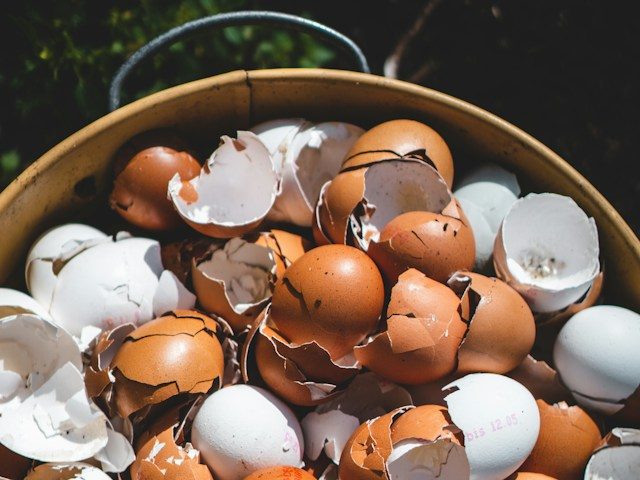
We have condensed all the main reasons why your Peace Lily might not be flowering into this simple post. Whilst they are unpredictable plants, there are a few things you can make sure of to give your Peace Lily the best chance at producing flowers.
Not enough sunlight
Peace Lilies are fairly low light tolerant plants and don’t mind shady corners. However, if there is too little sunlight you won’t see any flowers growing. Whilst the leaves may be thriving, this doesn’t always mean the conditions are right for flowers.
Try moving your Peace Lily to a spot with more sunlight and you may start to see some blooms coming through after a few months.
Underfertilisation
One of the main reasons plant parents fertilise their houseplants is to produce healthy flowers. If you aren’t fertilising your Peace Lily then doing so could really help your chances when it comes to flowering.
We recommend using a water soluble fertiliser at less than the recommended strength a few times over spring and summer. Remember to never fertilise your Peace Lily (or other houseplants) during winter as they practically hibernate and you definitely won’t see any new flowers growing.
Tap water
If you live in a hard water area then your Peace Lily may be a little sensitive to the tap water. The water contains chemicals such as fluoride that over time will impact your plant’s health and could prevent your Peace Lily from blooming.
There are two ways to avoid this problem that don’t involve you getting a whole purification system installed in your home. Firstly, you can leave a watering can full of tap water standing for over 24 hours. Over that time most of the chemicals with evaporate or sink to the bottom of the watering can. Then the only thing left to do is remember not to pour away the last few inches of water. The other method is to collect rainwater as it is a lot better to use that the treated water out of your tap. Hopefully, over time, this will help your Peace Lily to produce flowers.
Time of year
Peace Lilies tend to only bloom during spring and summer. The warm light months provide the perfect environment for flowering. During autumn and winter your Peace Lily will go dormant and not produce much growth or flowers.
So don’t be alarmed if your Peace Lily isn’t flowering during autumn or winter. Just be patient and you should start to see some come through when the days get longer and warmer.
Watering issues
Another cause of a lack of flowers on your Peace Lily could be watering issues. Peace Lilies like their soil to be moist but not soggy. Over or underwatering will stop it from producing healthy flowers.
If you notice your Peace Lily drooping down then this is often an indication of a lack of water. If the leaves are beginning to turn yellow or brown then this can mean overwatering. Check the moisture levels in the soil to determine if there is an issue with watering and adjust your watering schedule accordingly.
If your Peace Lily has been overwatered then it can take a few months for it to fully recover and produce flowers. This is because the root system has been damaged and needed time to recover and grow back.
Plant age
Another totally natural factor that stops Peace Lilies from flowering is plant age. Young or old plants won’t always flower which is totally normal and doesn’t mean there is anything wrong with the plant, its environment or the care you are giving it.
Those are the most common reasons why your Peace Lily may not be producing flowers/blooms. Remember that Peace Lilies are very unpredictable when it comes to producing flowers so sometimes it doesn’t mean there is anything wrong at all. Check over your plant, the soil and its location in your home to see if there might be something wrong. Otherwise, you may just have to be patient and hope for the best.
If you want to find out more about how to best care for your Peace Lily then visit our Plant Guide or download our How to Care for your Houseplants ebook.
Complete Houseplant Care eBook
Our comprehensive (and rather good looking) eBook that will teach you everything you need to know to successfully care for, and maintain your houseplants!
Buy on













